Are you familiar with the crisp, sweet, and succulent treat that is homegrown kohlrabi?
Whether you’re an old hand at growing and feasting on this vegetal delicacy already, or the idea of batter-dipped and deep-fried cubes, stewed strips, or crispy raw slices of the stuff is entirely new to you, this is one vegetable that you don’t want to miss out on!
Depending on your climate, you may be able to plan for a spring harvest followed by another in the fall if you plant more. And there are so many delicious cultivars available, set to suit a variety of tastes and growing spaces.
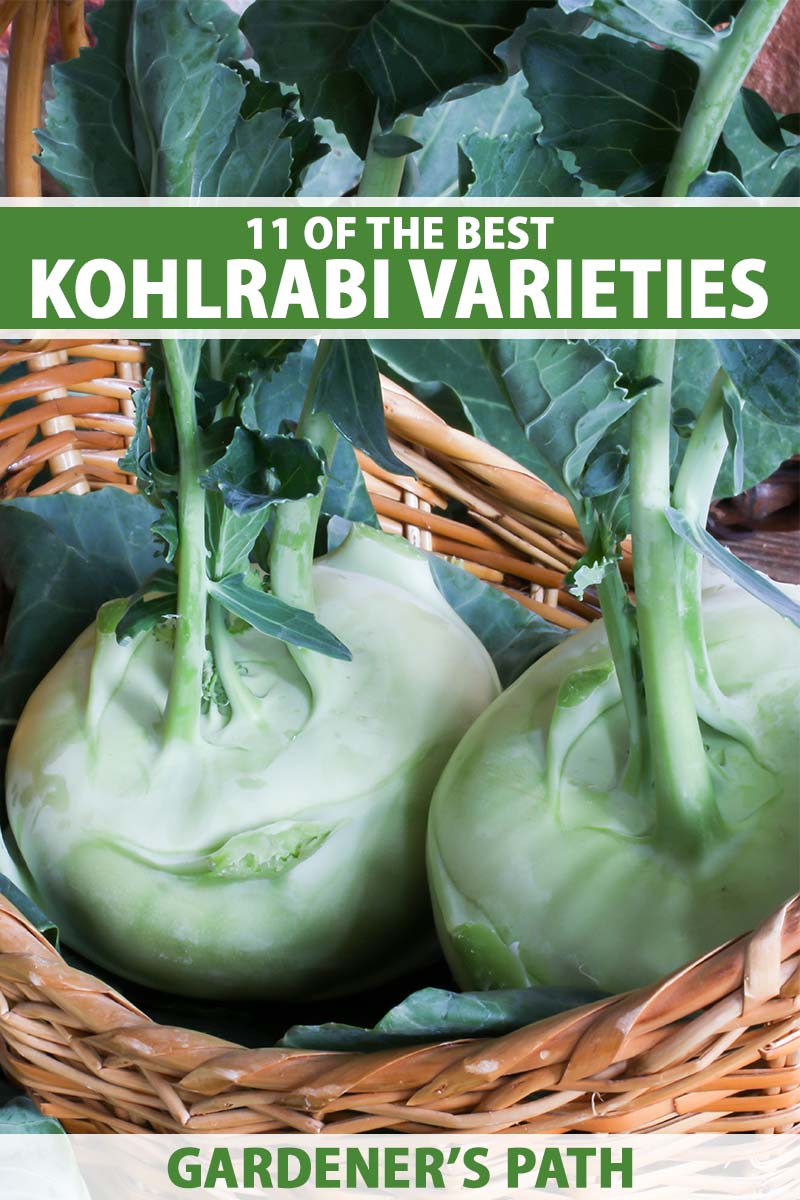
We link to vendors to help you find relevant products. If you buy from one of our links, we may earn a commission.
If you’re making plans to add something new to the veggie patch this year, whip out your gardening journal and start taking notes – kohlrabi is not to be missed, and we’ve rounded up a selection of our favorites to make planning easier.
11 of the Best Varieties of Kohlrabi to Grow Your Own
If you’re more partial to green over purple, seeking something diminutive or truly gigantic, you crave a leafy harvest to precede your enjoyment of the crisp bulbs, or you’re on the lookout for a type that’s suited to growing in containers on the patio, there’s a pick (or three!) on this list for you!
1. Azur Star
Ready to harvest in about 50 days, this purple variety is slow bolting, with a flattened round shape that tends to be slightly less uniform than that of some varieties, and crisp white flesh.
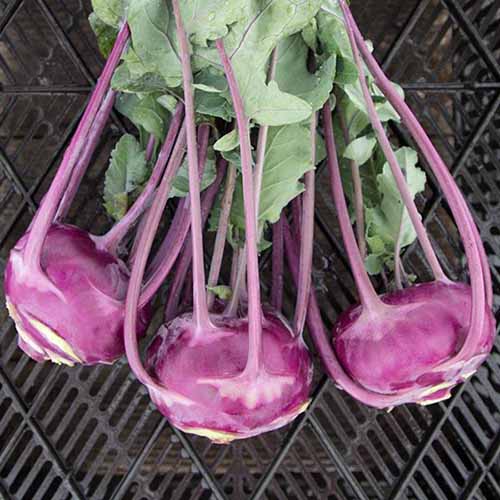
These gorgeously hued bulbs should be harvested when they’re about three to five inches in diameter.
You can find seeds available from High Mowing Organic Seeds.
2. Blauer Speck
Like many popular types of kohlrabi, this cultivar is an old German heirloom. Introduced to the market in 1914, ‘Blauer Speck’ is known for its large, blue-tinged purple bulbs. These have a slightly flattened globe shape.
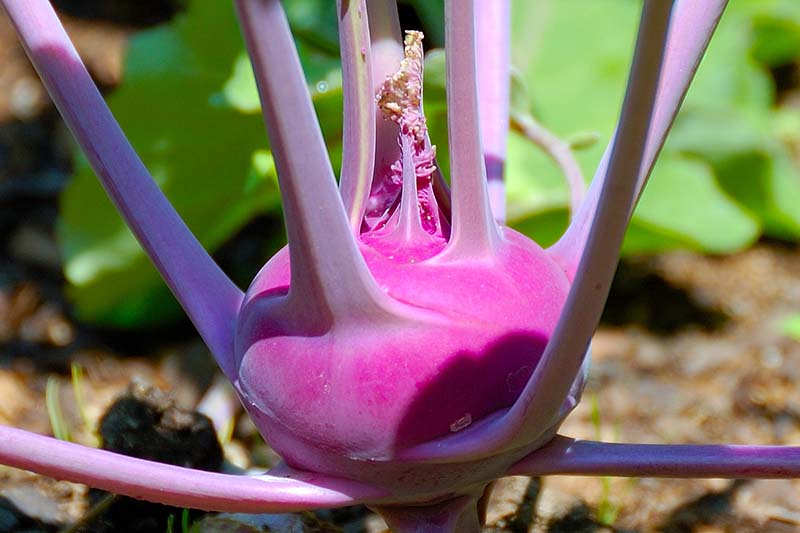
Known in English as ‘Blue Bacon,’ this type has fine-grained flesh with a buttery flavor. This variety is known for its excellent shelf life, so these are perfect for long-term storage.
With smaller leaves than some varieties, that means you can’t expect an excellent harvest there, but these plants can be spaced more closely than other types.
3. Delicacy White
Smooth, light green globes with a uniform shape are the hallmarks of ‘Delicacy White’ in terms of appearance, with crisp-tender, tasty flesh inside.
These are known for maintaining that tender texture even as they grow and mature to a larger size – a true delicacy! Plan to harvest in about 60 days, when the bulbs are about two to three inches across.
This variety is also known for lasting long into the winter season in the garden, beyond when other types have already split and succumbed to the weather.
4. Early White Vienna
This round, light green cultivar has globe-shaped bulbs with creamy, sweet, tender flesh inside that has a mild flavor.
Plan to pick this one a bit earlier than some other types, around 55 days after planting, when the bulbs are about two to three inches in diameter.
A 19th-century heirloom, this variety of kohlrabi also produces leaves that are suitable for harvest when they’re young.
This heat-tolerant variety loves full sun, and will continue producing through the summer, with a mature height of six to eight inches, and a spread of 12 inches.
Seeds in various packet sizes are available from True Leaf Market.
5. Konan Hybrid
This pale-green globe-shaped hybrid cultivar is crunchy and sweet, with bulbs that are between four and six inches in diameter at harvest time. And it’s productive early too, ready to pick in about 40 to 45 days after planting.
Pest resistant, with a mature spread of 12 to 18 inches and a height to match, you’ll love the delicious leaves as well. It’s also suited to growing in containers.
‘Konan’ is a 2016 All-America Selection winner in the vegetable category.
Packets of 100 seeds are available from Burpee.
6. Korist
Another early variety of kohlrabi, ‘Korist’ produces frosted green, somewhat flattened globes that are about four inches in diameter at harvest time. The sweet, crisp white flesh is mild in flavor, and extra juicy.
Ready to pick in 55 to 65 days, this variety stays tender longer through the season than some, without getting woody. If you’re out of town for a week or two and you pick your harvest a bit late, you shouldn’t have to worry about the quality declining!
Seeds are available for purchase via High Mowing Organic Seeds.
7. Kossak
Said to be the most attractive green variety with highly uniform globes, this giant type is perfect for long-term storage. As long as you keep them cold after they’re picked, the bulbs can last for up to four months.
These whoppers reach a mature diameter of up to eight inches across, and they’re ready to harvest in just 45 days.
Even at such a large size, the flesh inside is sweet and tender. Just be sure not to wait too long to pick these. You’ll know you’ve let them go too long when they start to lose their rounded shape and become elongated.
You can find ‘Kossak’ kohlrabi seeds available from High Mowing Organic Seeds.
8. Purple Vienna
Known for its very mild flavor and attractive color, this reddish-purple cultivar has slightly flattened globe-shaped bulbs with tender white flesh inside, and tasty purplish leaves that can be picked and enjoyed as well.
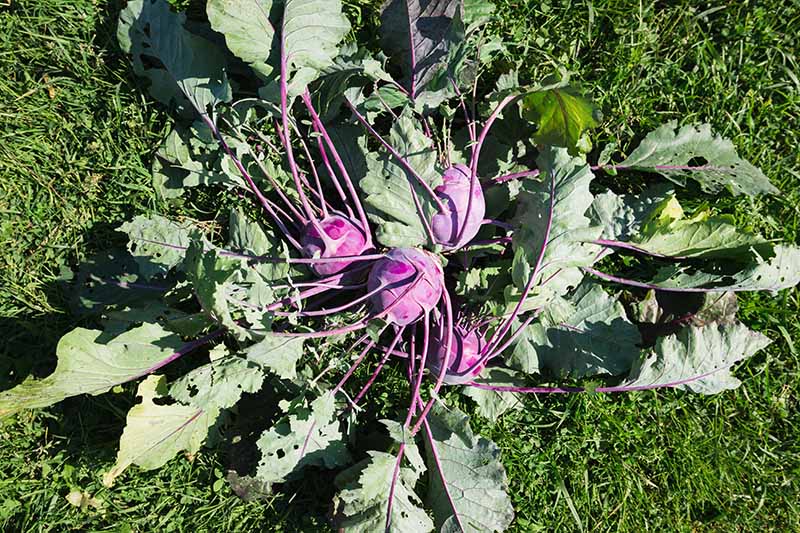
‘Purple Vienna’ plants reach a height of about 12 to 18 inches, with a spread of 12 inches. The bulbs are ready to enjoy in about 55 to 60 days when they’re two to three inches across, about the size of a tennis ball.
Try growing this variety in containers if you’re short on space.
One-gram packets of seeds are available from Botanical Interests.
9. Superschmelz
Kohlrabi is a new vegetable for many, and for gardeners who are inexperienced when it comes to this particular garden delicacy, it’s understandable that you may be in the market for a smaller, more manageable harvest.
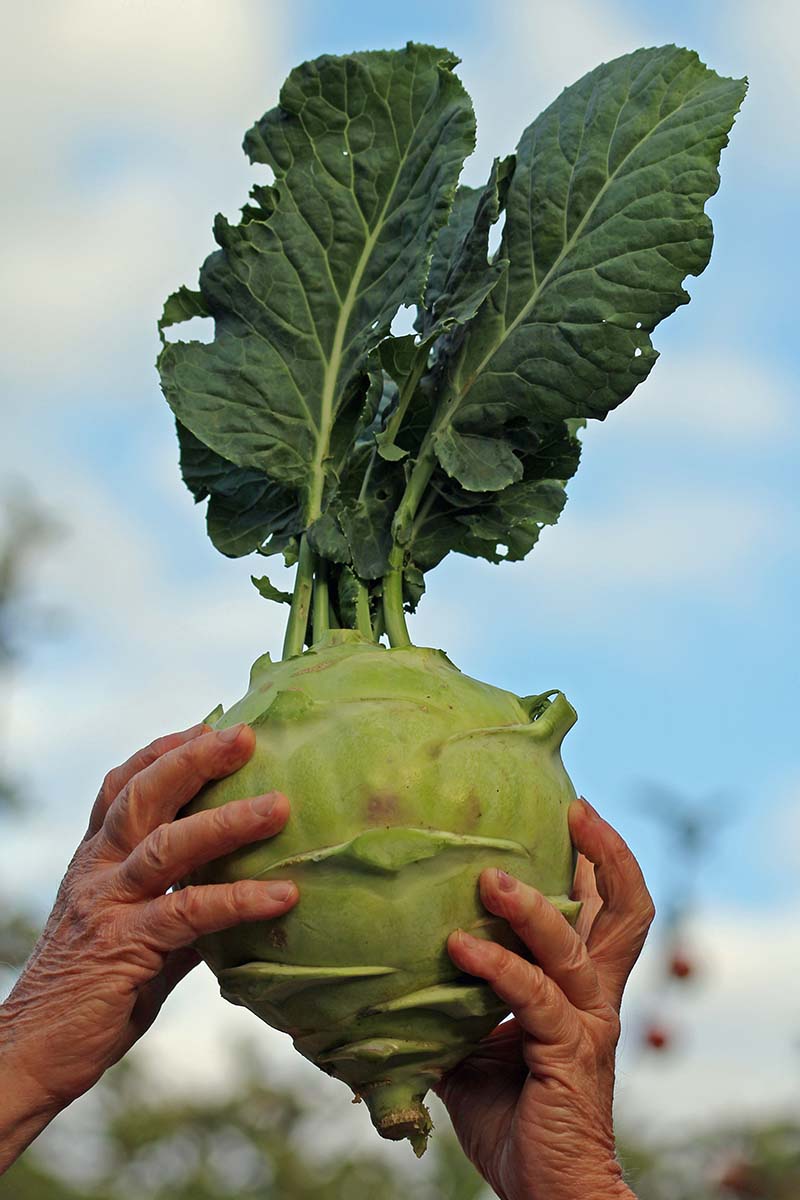
But ‘Superschmelz’ is anything but that, the perfect pick for the true kohlrabi aficionado who can’t get enough, or the competitive grower who already loves to set aside huge swaths of space to grow giant pumpkins and the like.
Also known as ‘Giant White,’ this green German heirloom variety is truly gigantic!
The largest cultivar on the market, you can expect a haul of mature bulbs that are up to 10 inches across, and up to 10 pounds each. Despite their huge size, these retain their tender, buttery texture nonetheless, without becoming unpalatably woody.
Hailing from the Schmelz municipality in Saarland, Germany, you can expect to start picking these about 60 to 70 days after planting. Be sure to provide plenty of space in the garden, and rich soil, to bring in your biggest kohlrabi harvest yet.
10. Sweet Vienna
With a smooth, crisp texture and a sweet, mild flavor, this is another early variety that’s ready to enjoy in just 45 days.
With a mature spread of 12 inches and a height of nine to 15 inches, this type’s suited to growing in containers. Pick the pale green bulbs when they’re about two to three inches across.
Packets of 200 ‘Sweet Vienna’ seeds are available from Burpee.
11. White Vienna
An heirloom variety that several other types that are popular today draw their parentage from, this one’s a classic, with green globes and tasty white flesh.
Expect about 60 days to harvest time and bring in your haul when the bulbs are about four inches across.
‘White Vienna’ seeds are available in a variety of packet sizes from Eden Brothers.
A Fantastic Edible Garden Find
So, what do you think? It’s my hope – and sincere expectation – that at least one of the enticing kohlrabi cultivars in this roundup caught your eye, and you’re scribbling away furiously in that sketchbook that holds all of your garden dreams so you won’t forget to order seeds when catalog time rolls around.
Or maybe you’re ready to go now, and that’s perfect! Imagine – in just a couple of months, you’ll be feasting away.
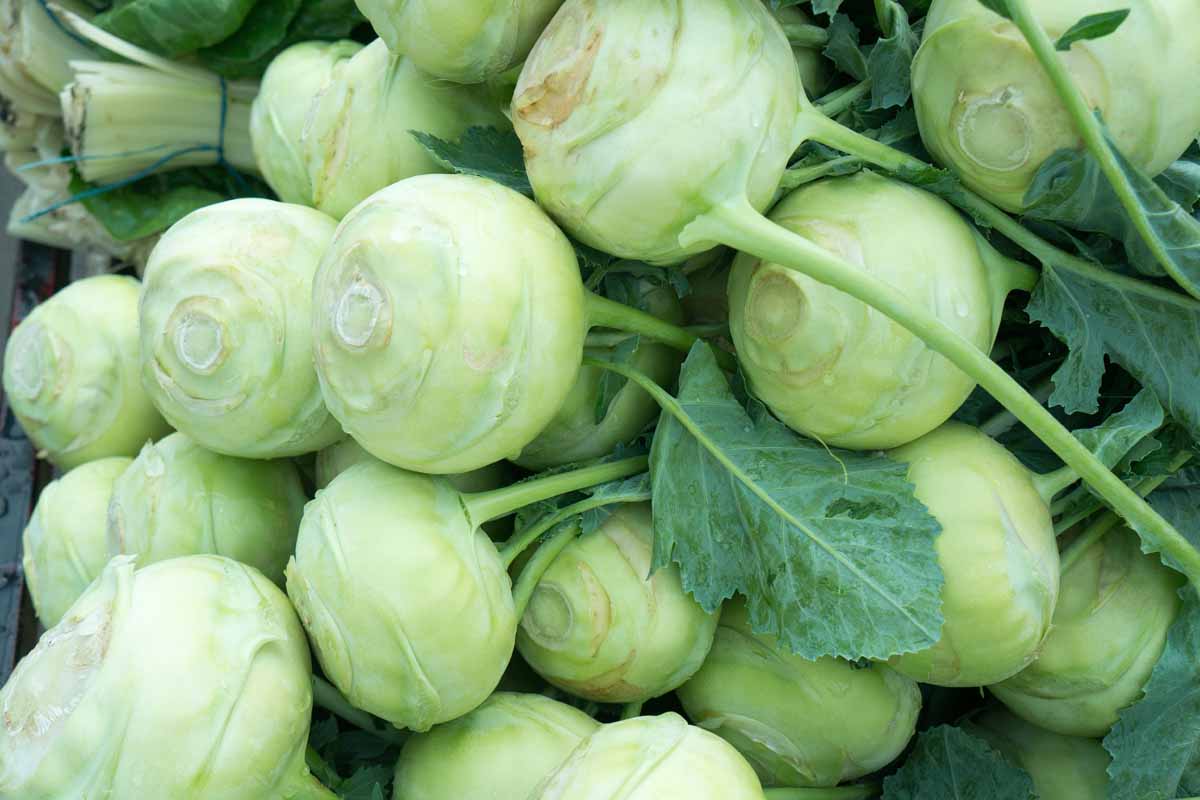
Don’t forget to share the bounty with your neighbors if you get a bumper crop, on the off chance that they haven’t yet had the pleasure of tasting this truly delightful veggie.
How will you enjoy your homegrown kohlrabi? Fresh from the garden, shredded into a slaw, or sauteed in a stir fry perhaps? Share your recipes and tell us about your favorite cultivars to grow at home in the comments below.
Next up, don’t miss our tips and tricks for growing and enjoying kohlrabi, featured in these articles:
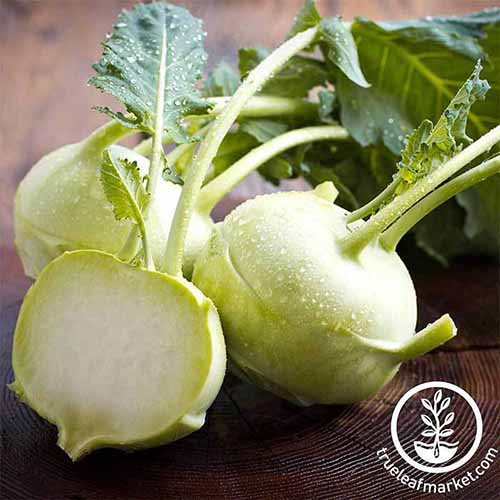
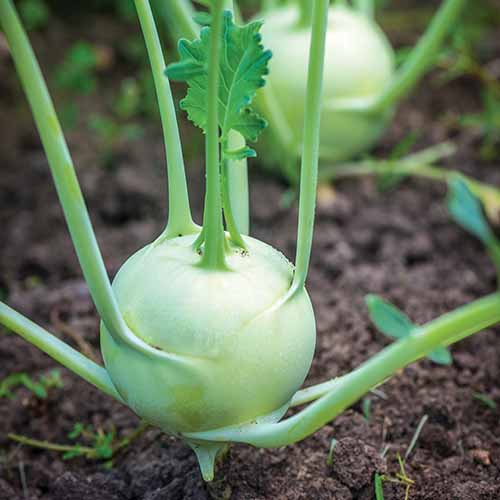
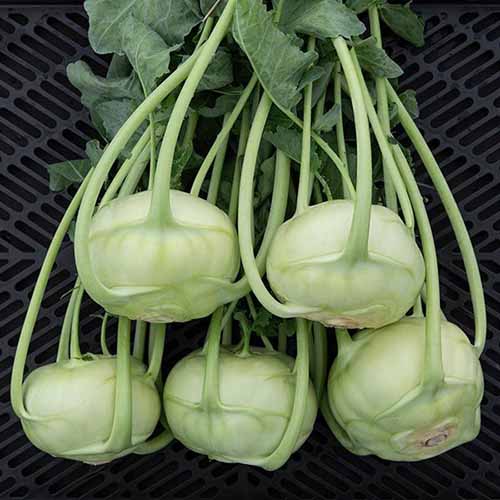
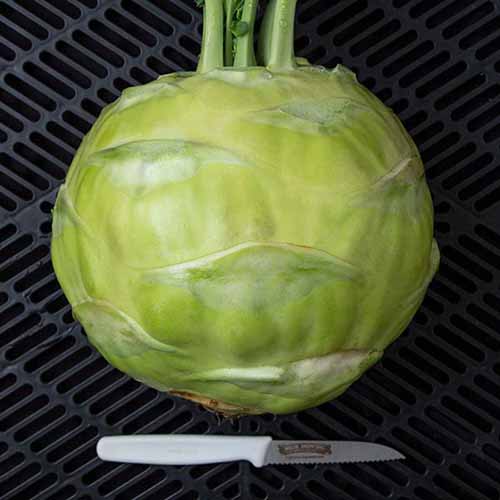


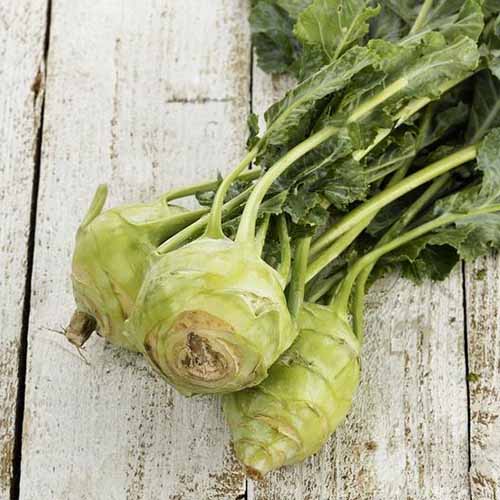
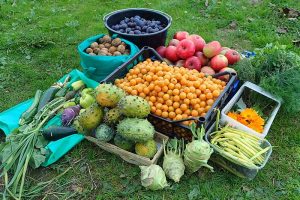
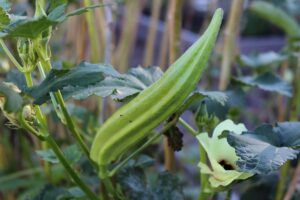
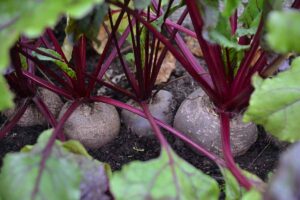
Love your info…
Thanks for reading, Linda!